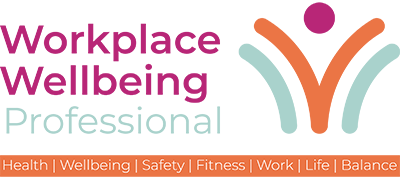October 10th was World Mental Health Day and with burnout continuing to take hold of many modern-day professionals, Dee Gough, a leading coach and mindset consultant, shares her top tips for looking after your employees.
1. No such thing as small talk
We all have life outside of work and everyone is trying their best to navigate the challenges and stresses that life throws at us in our personal and professional lives.
By taking the time to build relationships with your team and learning things about them you didn’t know, you create a rapport that engages and builds trust within your team, which helps to provide psychological safety in your workplace.
When you have that engagement people ‘want’ to come into work rather than feel they ‘have’ to and as a leader you see positive, discretionary energy brought into the organisation. So, if you’re not already, show an interest in your team’s life outside of work starting today – you might learn something that surprises you and they will likely feel a lot more ‘seen’ and valued.
Action: Take a few minutes this week to ask each of your team members a question about their life outside of work
2. Mindset matters
As leaders we don’t always realise how our style of leadership impacts those around us. By stepping back and taking the time to understand our own mindset and leadership style we can better understand how others see us as a leader.
For example, if you’re a perfectionist you may subconsciously transfer that expectation onto your team, by role modelling that behaviour. For some people this may create an environment where there is a fear of making mistakes, which may not be your intention at all, but can impact negatively on somebody’s wellbeing.
By creating an environment where it’s OK to make mistakes, with everybody understanding that we learn more from our mistakes than our successes, you will create a more innovative workplace and a positive culture in your organisation.
Action: Identify your leadership style and explore how this benefits your team.
3. Coaching
By having regular 121’s and informal conversations with your team, you really get to know them as a person, which enables you to recognise when something might be wrong.
It may be that they feel overwhelmed with their workload, they feel bored and are ready for a new challenge or it’s something outside of work that’s distracting them.
Sometimes, we might think that we know what the issue is, but when coaching, it’s important we don’t let our own perceptions and opinions lead us to the wrong conclusions. Being curious and asking questions will help us to fully understand the situation and provide the support and guidance available.
In your 121’s, if you’re offering team members the opportunity to learn a new skill, whether it be workload management or presentation skills, understand where their comfort zone is and provide opportunities that will stretch them rather than push them into their panic zone.
Action: Work with your team to identify areas they would like to challenge themselves in – then identify appropriate coaches/mentors within the workplace that can support them with their ambitions
Workplace Wellbeing Professional is an online magazine featuring news and analysis on a broad range of employee wellbeing topics, focused on a UK based audience.


